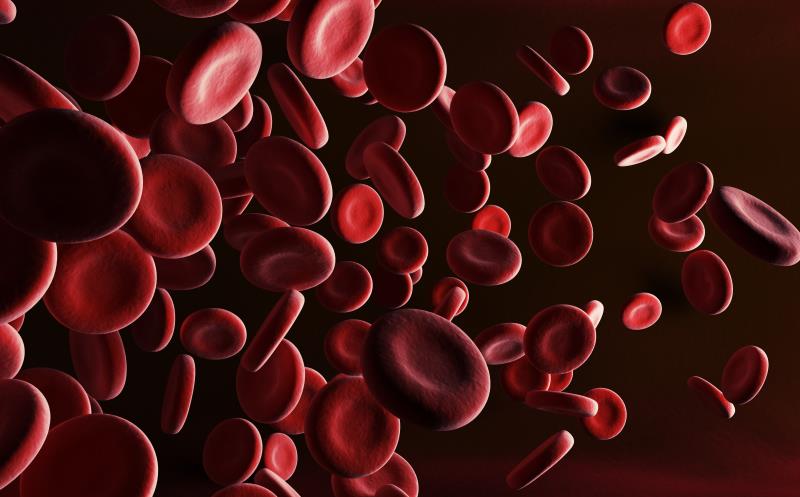Findings from the PROPEL* trial presented at ISTH 2020 suggest that a personalized prophylaxis with rurioctocog alfa pegol (TAK-660) may prevent bleeds in patients with severe haemophilia A.
“Recent data suggest personalizing [TAK-660] dosing can better control/prevent bleeds without compromising [its] efficacy or safety … [Our findings] support the feasibility and efficacy of personalized TAK-660 prophylaxis by … targeting elevated factor VIII (FVIII) levels with pharmacokinetic (PK)-tailored dosing,” said the researchers.
Ninety-five participants aged 12–65 years received PK-guided TAK-660 prophylaxis targeting either 1–3 (reference; n=52) or 8–12 percent (elevated) FVIII trough activity levels (n=43) for 12 months. [ISTH 2020, abstract PB0920]
Total annualized bleeding rates (ABRs) were lower with the elevated vs the reference FVIII level at an FVIII half-life of 6 to <12 hours (0.7 vs 3.5) and 12 to <18 hours (1.0 vs 2.5). Spontaneous ABRs were also lower with the elevated vs the reference FVIII levels at the same points as above (0.3 vs 2.8 and 0.6 vs 0.9, respectively), and even at 18 to <36 hours (0.5 vs 1.2).
Spontaneous joint and injury-related ABRs were also lower with the elevated vs the reference FVIII levels, be it among those with 6 to <12 hours (0.15 vs 1.9 [spontaneous] and 0.5 vs 0.9 [injury-related]) or 12 to <18 hours of FVIII half-life (0.3 vs 0.5 and 0.4 vs 1.3, respectively).
“[These imply that] patients with shorter FVIII half-life had better bleed prevention with [elevated FVIII trough activity levels] … These benefits may be especially important for patients requiring higher FVIII [trough] activity levels because of active lifestyles and increased risk of injury-related bleeds,” said the researchers.
Preserving joint health
In a post hoc analysis evaluating target joint** (TJ) resolution, mean ABR point estimates during the second half of the trial were lower among participants who had no TJs (n=26) with the elevated vs the reference FVIII levels (1.5 vs 2.6 [total], 0.1 vs 1.3 [spontaneous], and 0.0 vs 1.2 [spontaneous joint ABR]). Similar results were observed among those with ≥1 TJs (0.9 vs 2.4, 0.5 vs 1.3, and 0.5 vs 1.2, respectively). [ISTH 2020, abstract PB0921]
The second half of the trial also saw greater reductions in mean TJ ABRs in both the elevated and the reference arms (0.2 and 0.1) compared with the first 6 months of the trial (0.7 and 0.5).
“[These findings suggest that elevated] FVIII troughs was associated with reduced bleeding into TJs [and] ABRs irrespective of baseline TJ status … [These] results show the clinical benefit of elevating FVIII troughs with TAK-660 for TJ resolution, an important consideration for joint health in haemophilia A,” said the investigators.
A tailored approach
“Because every patient is unique, there is no ‘one-size-fits-all’ approach to haemophilia care. We are committed to improving outcomes and quality of life for each person living with a bleeding disorder,” said co-author Dr Carmen Escuriola-Ettingshausen from the Haemophilia Centre Rhein Main in Mörfelden-Walldorf, Germany, in a press release.
“[Taken together, these] data … demonstrate the value that innovative, personalized approaches provide to the management of haemophilia,” she added.
*PROPEL: PROspective, randomized, multicentre study comparing the safety and efficacy of ADYNOVATE following PK-guided prophylaxis targeting two different factor Eight (FVIII) trough activity Levels in subjects with severe haemophilia A
**Joint with ≥4 bleeds during any consecutive 6 months






